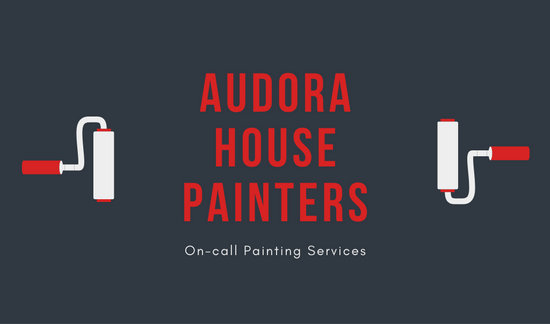Crucial Seasonal Aspects Of Commercial Exterior Paint: What You Ought To Comprehend
Crucial Seasonal Aspects Of Commercial Exterior Paint: What You Ought To Comprehend
Blog Article
Post Written By-McLamb Chaney
When you're planning a commercial external paint project, seasonal factors can make or damage your outcomes. You'll wish to take into consideration how temperature and humidity influence paint application and drying times. Choosing the right season can guarantee your paint adheres properly and lasts longer. But which seasons are really the best for this kind of job? Allow's check out the key elements that can impact your project's success.
The Effect of Temperature on Paint Application
When you're intending a business outside painting task, the temperature can substantially impact exactly how well the paint sticks and dries.
Preferably, you want to paint when temperatures vary in between 50 ° F and 85 ° F. If it's also chilly, the paint might not cure appropriately, resulting in problems like peeling or fracturing.
On what is it worth , if it's also warm, the paint can dry too swiftly, protecting against correct attachment and leading to an unequal finish.
You must likewise take into consideration the time of day; morning or late afternoon uses cooler temperatures, which can be much more beneficial.
Constantly examine the manufacturer's referrals for the certain paint you're making use of, as they commonly supply support on the perfect temperature variety for ideal outcomes.
Moisture and Its Effect on Drying Times
Temperature isn't the only ecological factor that influences your industrial external paint job; moisture plays a considerable role as well. High moisture levels can decrease drying times significantly, affecting the general top quality of your paint job.
When the air is saturated with dampness, the paint takes longer to heal, which can result in problems like poor attachment and a greater risk of mildew growth. If you're repainting on an especially damp day, be prepared for extended wait times between layers.
It's essential to keep track of local weather conditions and strategy accordingly. Ideally, aim for humidity levels in between 40% and 70% for ideal drying.
Keeping these factors in mind ensures your job remains on track and supplies a long-term finish.
Best Seasons for Commercial Exterior Painting Projects
What's the most effective time of year for your commercial external paint projects?
Springtime and very early fall are typically your best bets. During these periods, temperatures are moderate, and humidity degrees are usually lower, developing ideal problems for paint application and drying out.
Stay clear of summer's intense heat, which can cause paint to dry as well promptly, causing inadequate adhesion and surface. Similarly, winter months's cool temperature levels can hinder proper drying and treating, running the risk of the durability of your paint task.
Go for days with temperature levels in between 50 ° F and 85 ° F for optimum outcomes. Remember to check the local weather prediction for rainfall, as damp conditions can destroy your job.
Planning around these factors guarantees your painting task runs efficiently and lasts longer.
Final thought
To conclude, planning your business exterior painting tasks around seasonal considerations can make a significant difference in the outcome. By scheduling work throughout the suitable temperature levels and moisture degrees, you'll ensure much better adhesion and drying times. Bear in mind to keep an eye on regional weather report and select the correct time of year-- spring and very early autumn are your best bets. Taking https://local-painters-near-me75421.aboutyoublog.com/38402053/recruit-specialist-painters-to-change-your-home-s-exterior-and-appreciate-the-excellent-outcomes-that-will-certainly-motivate-you-to-seek-further-enhancements will certainly assist you achieve a resilient and professional finish that lasts.
